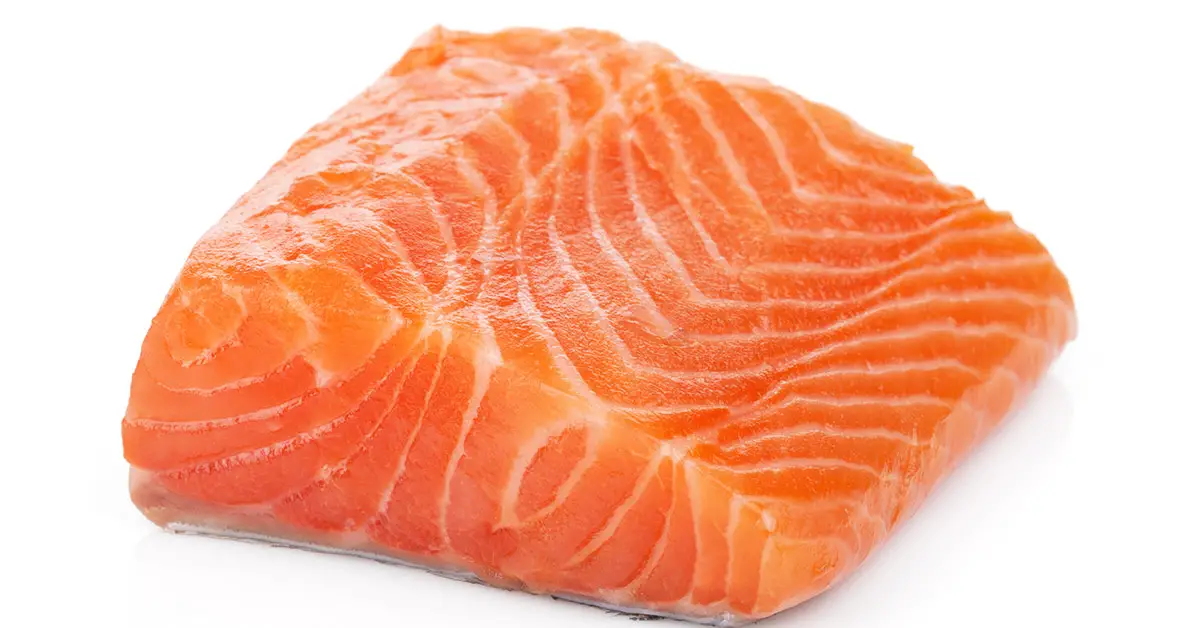There are foods out there that aren’t good for you and yet we continue to eat them every day. Junk food, sweets, and highly processed packaged foods are in nearly every kitchen cupboard and fridge in America. Did you know, however, that there are some foods or ingredients that are so bad, they’re actually banned in other countries? This is a list of American foods banned in various countries around the world. You may want to avoid these products the next time you’re shopping.
28 American Foods Banned In Other Countries
When you say American food, most people will say things like fast-food burgers, fries, and gigantic sodas. The country is known for producing large, “extreme” foods (hi freak shakes), but not so much for fine quality. As it turns out, some American foods that you might even eat every day are actually so bad for you, they are banned in other countries.
1. Brominated Vegetable Oil: Common Soda Ingredient
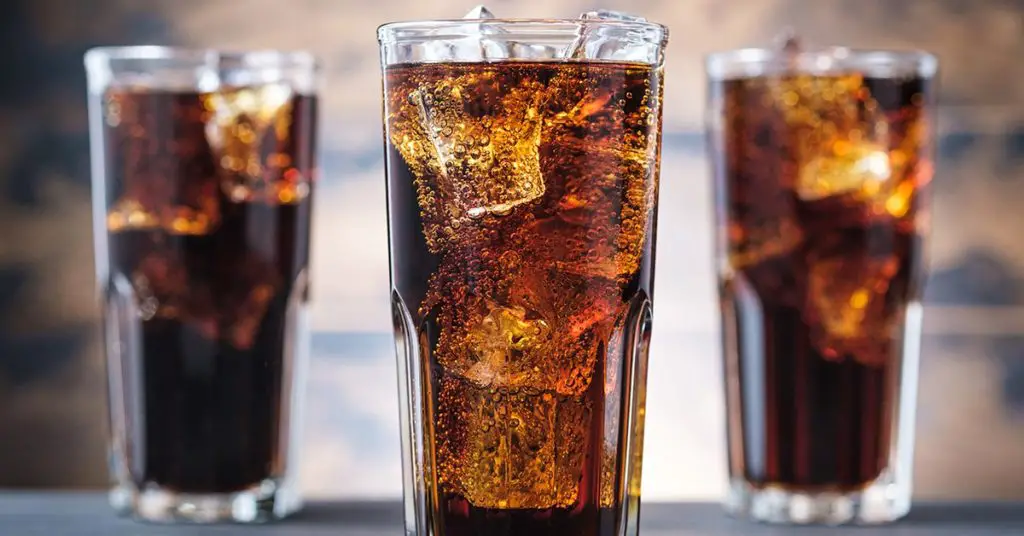
There could be more than just a shockingly high amount of sugar in your soda or sports drink. In many cases, an ingredient called brominated vegetable oil is also hiding in there. It is flame-retardant and can cause a host of health issues. For these reasons, it is banned in several places, most notably Europe (yes, the entire continent) and Japan. Coca-Cola and Pepsi said in 2014 that they were removing it from their beverages, but in the end, there isn’t much regulation on it. Check your labels (it has to be listed), especially if drinking smaller, lesser-known brands. (1)
2. A Hormone Added To Milk
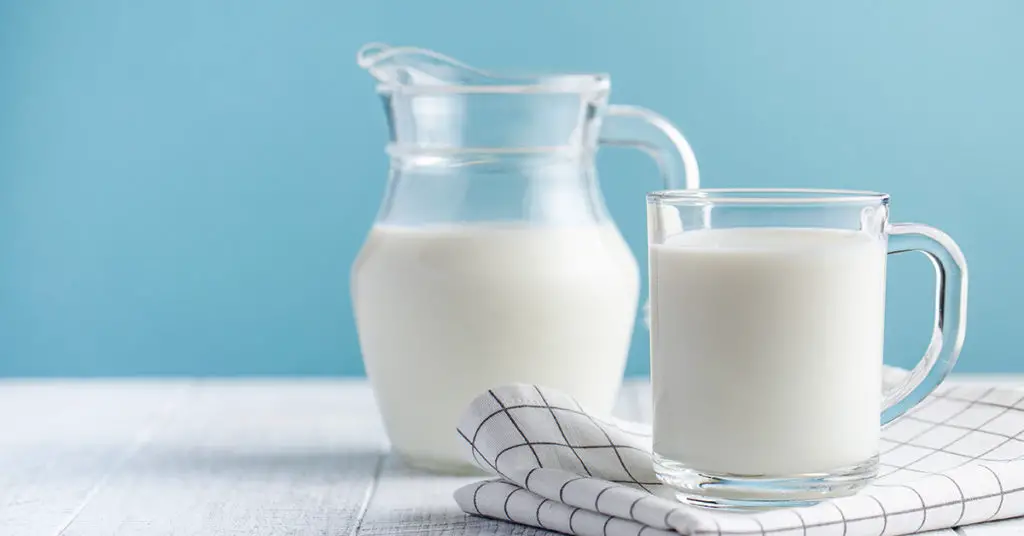
A hormone known as rBST is still added to some American dairy. It has been linked to many health problems in the cows themselves, though it is still not clear what effects it has on human health. It is banned in Canada, Australia, New Zealand, Japan, and Europe. (2)
3. Food Dye In Boxed Mac N’ Cheese
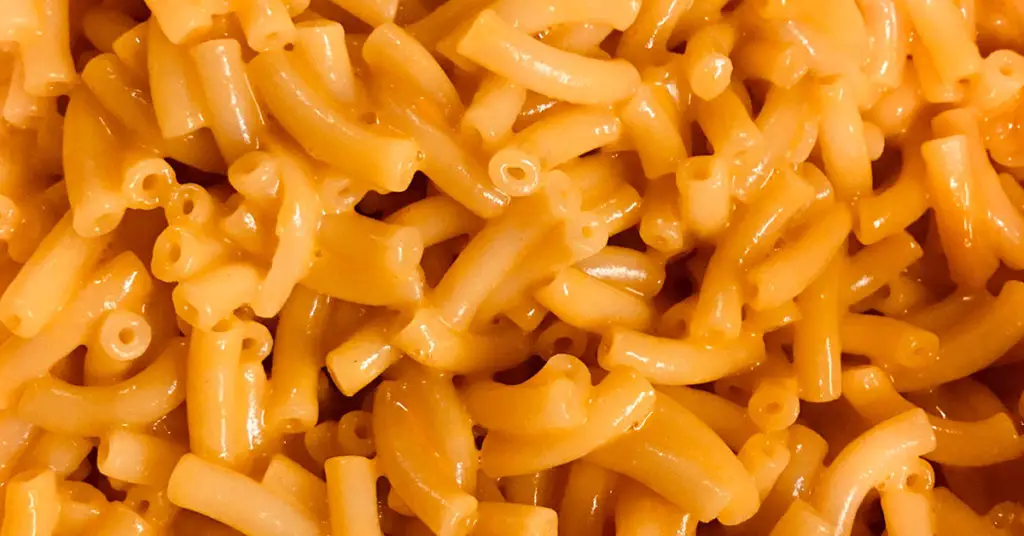
Though banned in Norway, Finland, and a handful of other countries, you can still find yellow #5 and #6 added to some boxed macaroni and cheese in America. These two dyes are known to cause hyperactivity in children. Make sure you read your labels and avoid brands that contain this chemical. (3)
4. Pink Slime
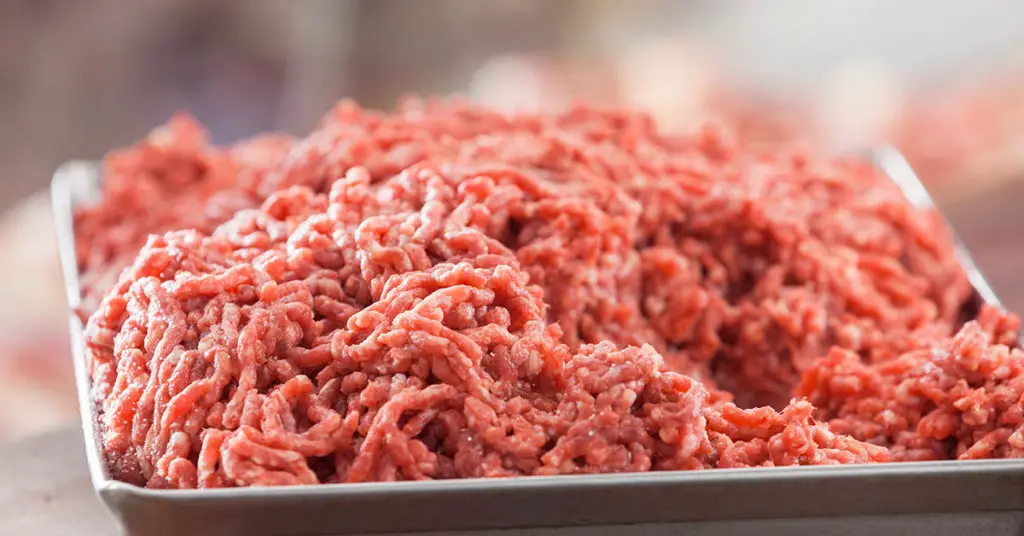
Remember the pink slime scandal of 2012? Well, that “beef” that some try to market as good, healthy ground beef is actually banned in Canada and the entire European Union. This additive to lower fat content in ground beef is exposed to ammonia during its processing. This can cause a number of health problems in humans. (4)
5. Genetically Modified Foods
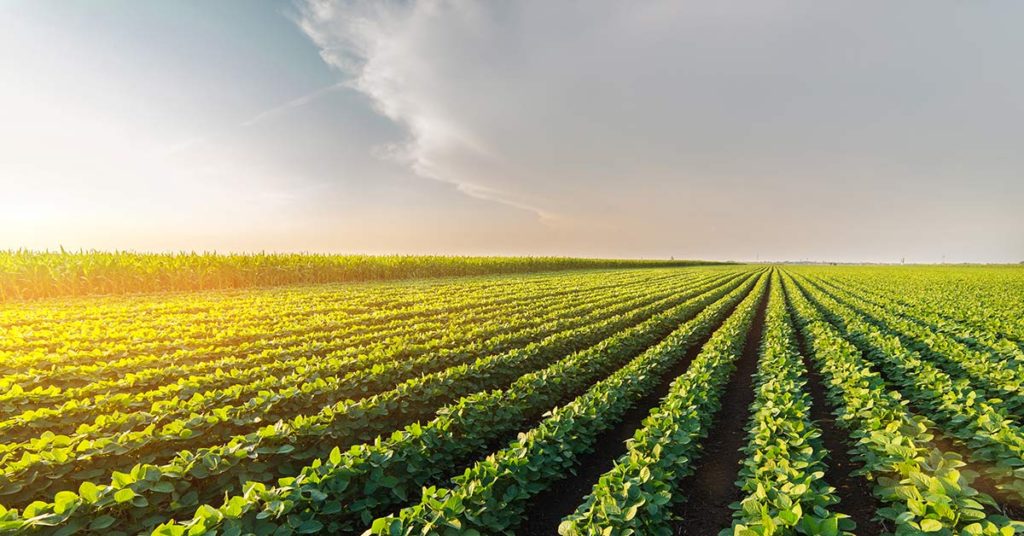
There is still a lot of debate over genetically modified foods (GMOs) and their health, safety, and efficacy. Countless countries have banned them, including most of the EU, Russia, several Latin American countries, some of Asia, and four countries in Africa. Specifically, the EU has banned several American GMO products, including corn, soy, and papaya. (5)
6. Chlorine Treated Chicken
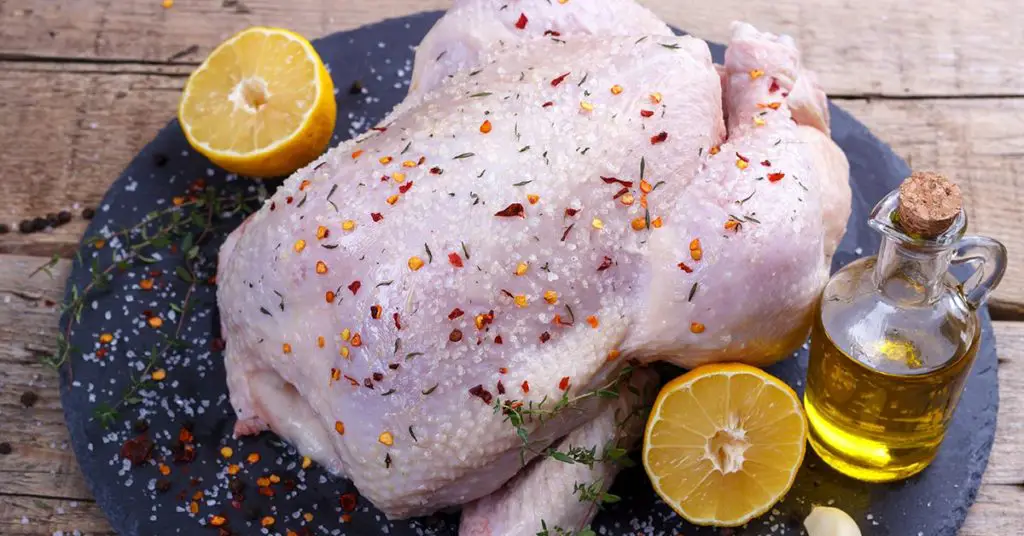
According to the US, chlorinated chicken is safe for consumption. The chickens are treated with chlorine in order to remove harmful bacteria. The EU and UK, however, aren’t too sure. It’s been banned since 1997. (6)
7. Pork
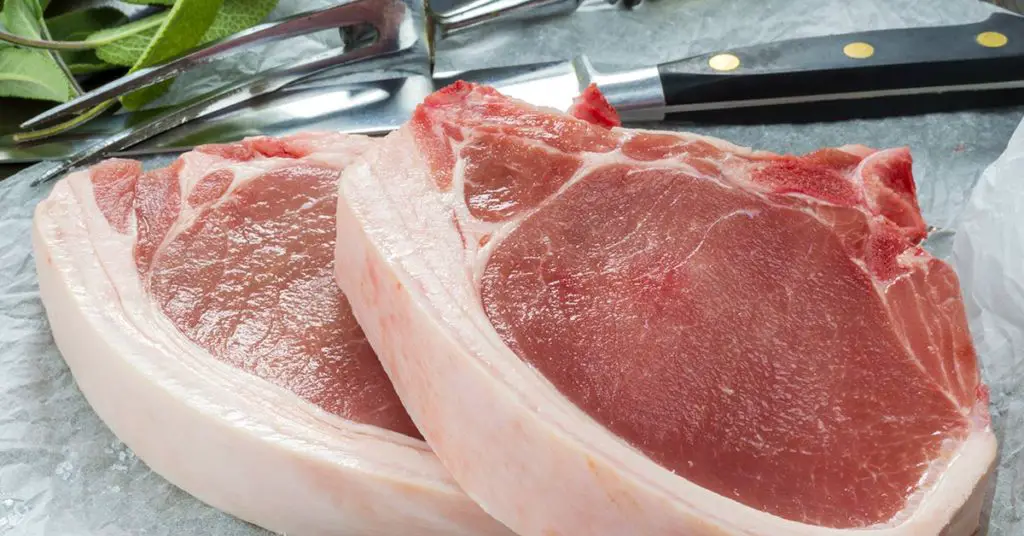
American pork is banned in 160 of the 196 countries in the world. Why? Because much of it contains the growth hormone ractopamine. It allows companies to produce more meat using less feed. This drug causes many pigs to become so large that they can barely stand or walk. They suffer terribly at slaughterhouses, being trampled, dragged, and electrically prodded. (7)
8. Certain Bread Products
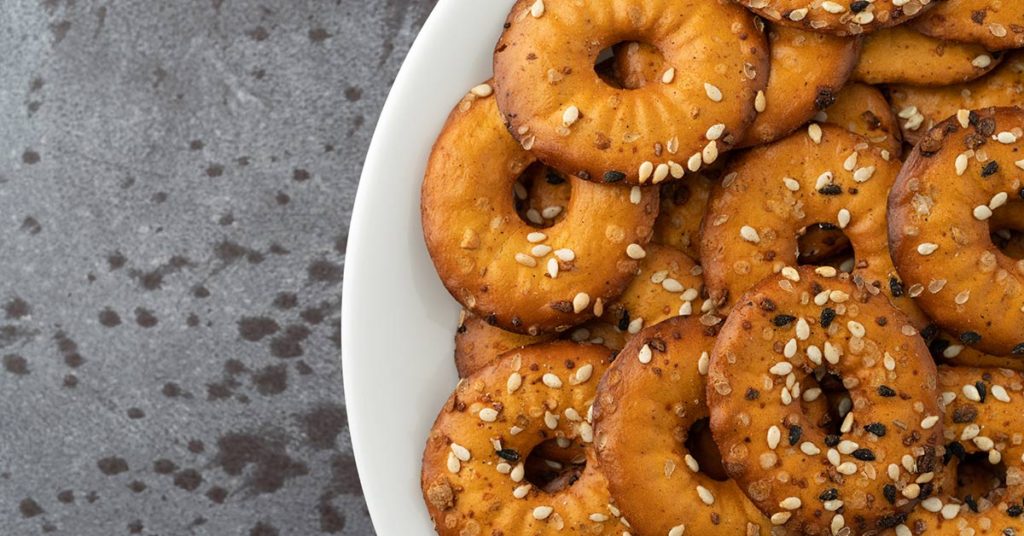
Wraps, rolls, bread crumbs, bagel chips, and flat breads made in America contain a chemical called potassium bromate. This is an oxidizer that helps bread rise. It has been linked to kidney and thyroid cancers in rodents. It is banned in Europe, Canada, and China, so you won’t find American bread products there. (8)
9. Frozen Dinners
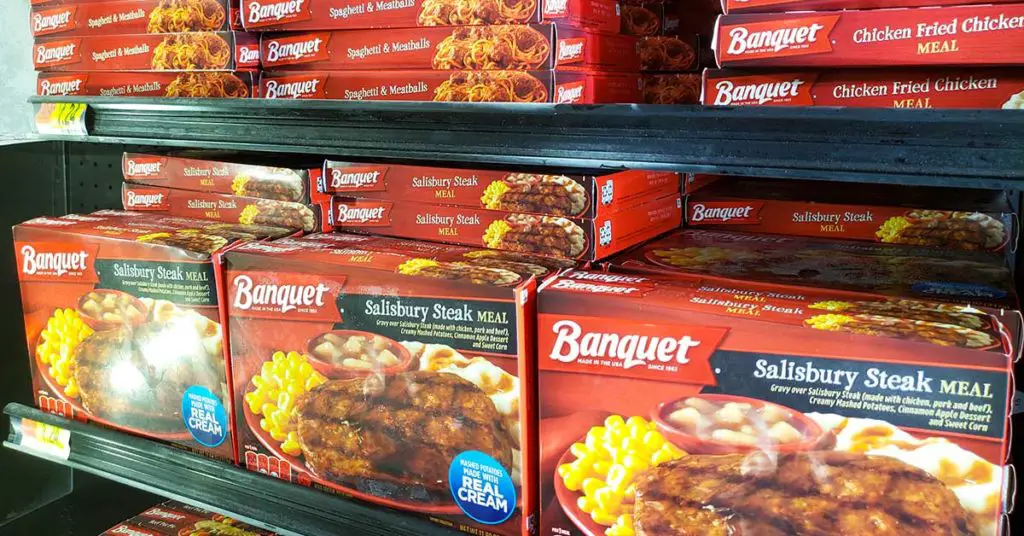
Azodicarbonamide is yet another chemical additive in American bread banned in Australia, the UK, and most of Europe. It is also found in frozen dinners and packaged baked goods. Another leavening agent, scientists have linked it to cancer in rodents. In fact, it has been banned in the EU for over a decade. (9)
10. Sugar Cane
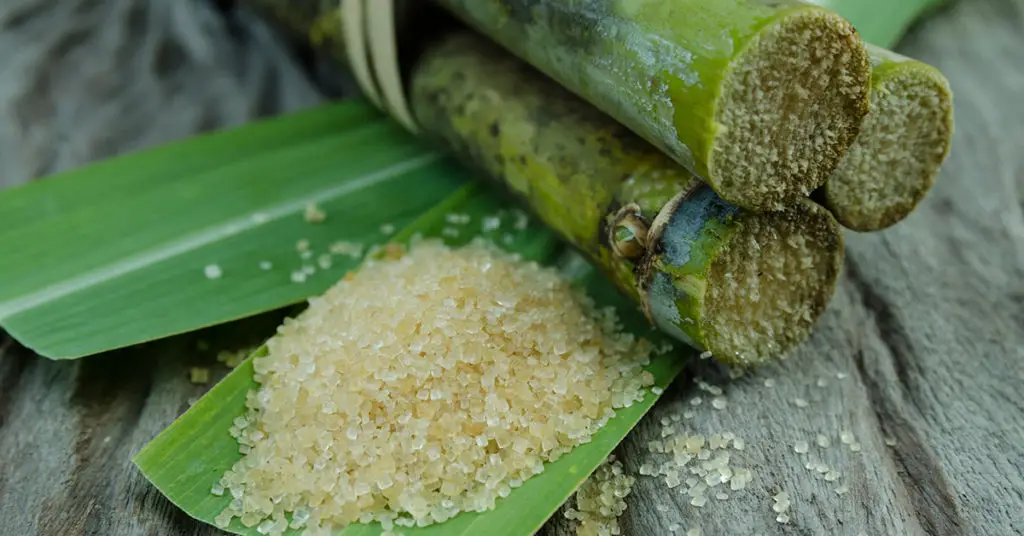
American sugar cane is treated with the weedkiller Atrazine. Linked to birth defects, reproductive tumors, skin sensitization, and muscle degeneration, it is banned in the European Union. It also easily leaks into waterways where it harms wildlife and the environment. (10)
11. Fat-Free Products
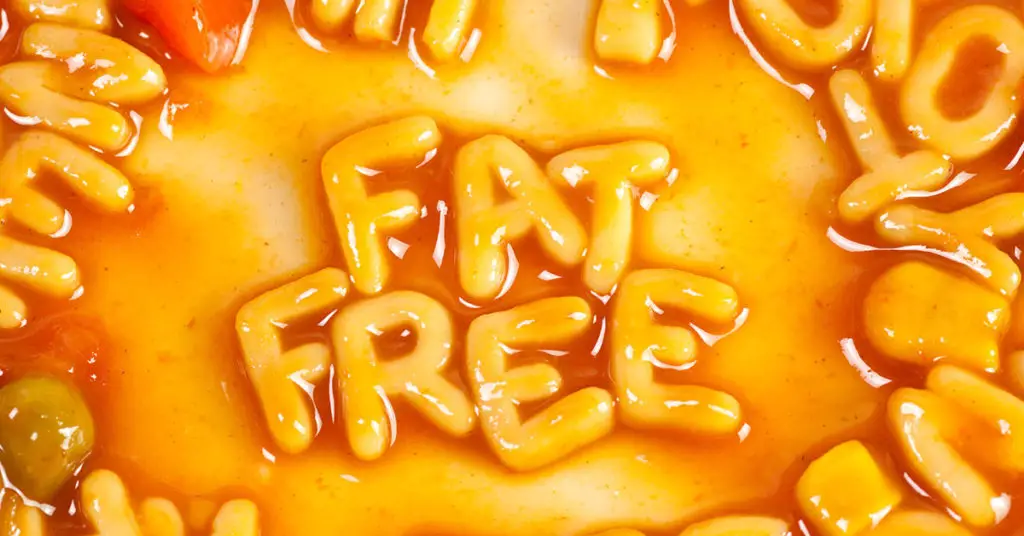
Many fat-free snacks in America are made fat-free by using something called Olestra. Not only has it been linked to gastrointestinal disease in children and terrible diarrhea in adults, but it also has been shown to increase appetite. This is why both Canada and Europe have banned it.
12. Chewing Gum
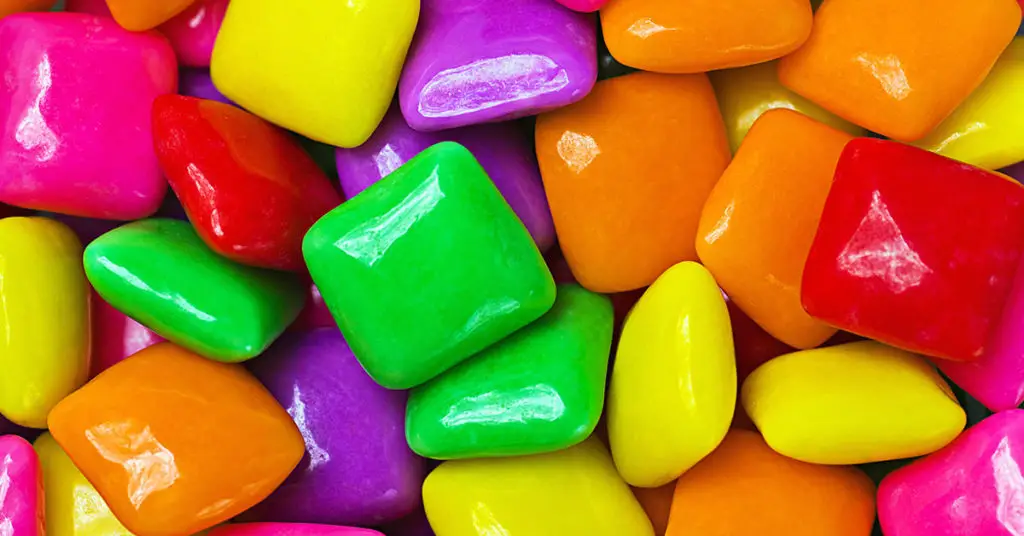
American chewing gum contains the preservative butylated hydroxyanisole (BHA). Known to cause cancer in rats, it’s also found in cereal, baked goods, packaging, cosmetics, snack foods, meats, butter, dehydrated potatoes, and beer. It’s banned in Japan, the UK, and much of Europe. (11)
13. Salmon
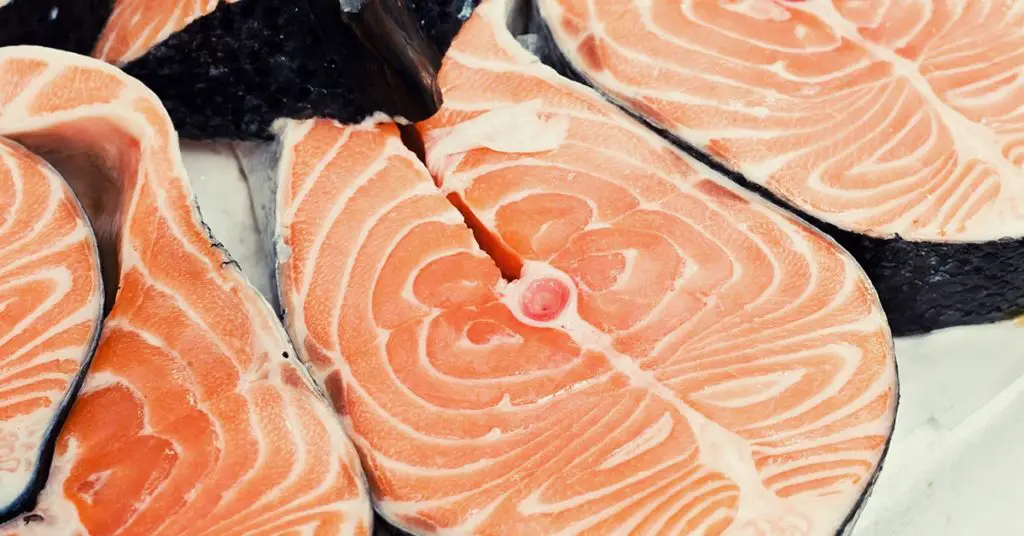
Wild caught salmon is pink because of the carotenoids in their diet. American farmed salmon, however, do not eat a natural diet. Because of this, the farmers feed them synthetic astaxanthin. This can potentially cause eyesight damage and is therefore banned in Austria and New Zealand. (12)
14. Fruit Loops
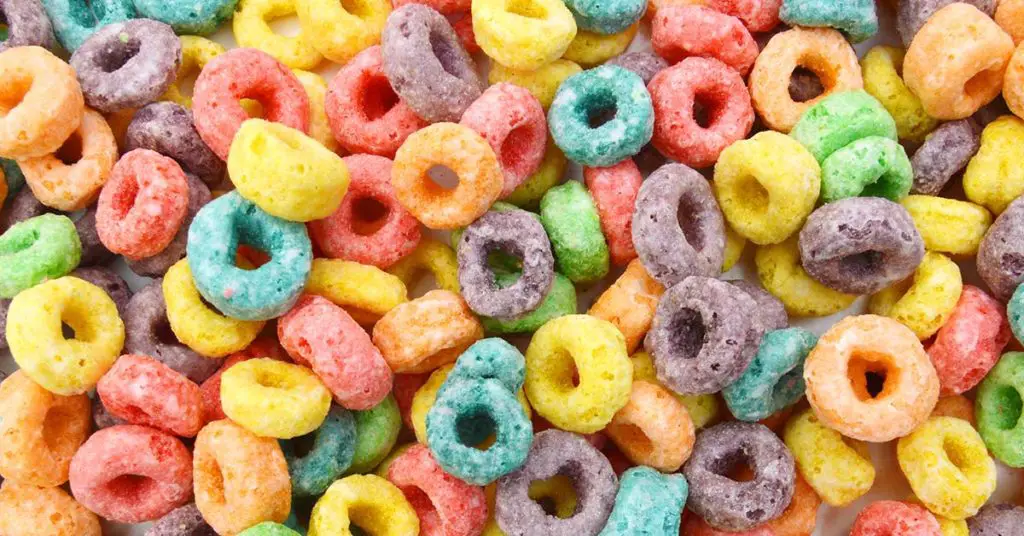
And Fruity Pebbles, too! If it wasn’t obvious, Fruit Loops are made from artificial dyes. Many of these dyes have adverse health effects on both children and adults. These include cancers and healthy DNA mutation. For this reason, Norway, Finland, France, and Austria have all banned them. (13)
15. Fake Blueberry
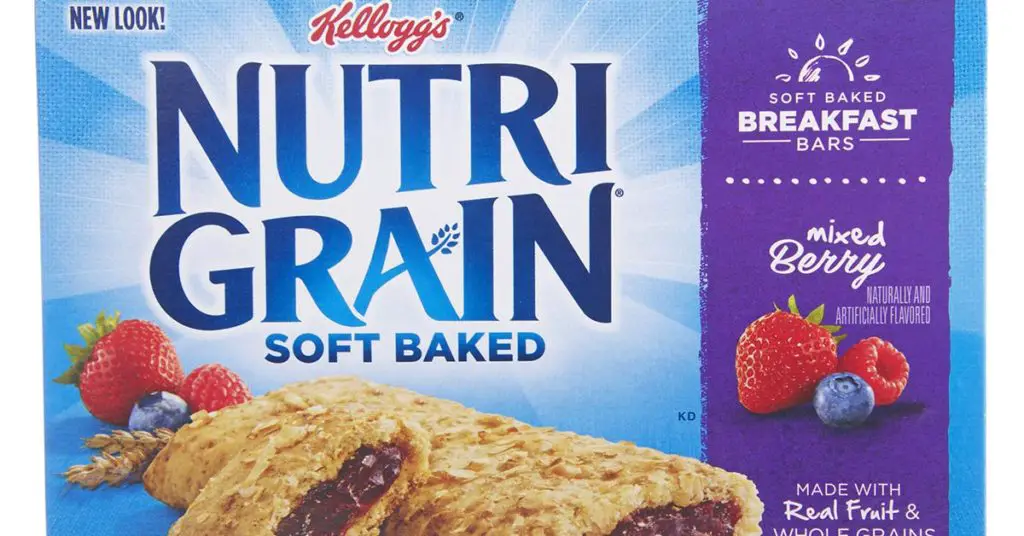
The artificial dyes used to make the artificial blueberry you see in NutriGrain bars, toaster waffles, and most pre-packaged fake blueberry-containing foods are made from petroleum. They have been linked to brain cancer, nerve cell degeneration, and hyperactivity. It is banned in Norway, France, Finland, Austria, and the UK. Many of these blueberry snack foods still exist there – they just contain real blueberries. (14)
16. American M&Ms
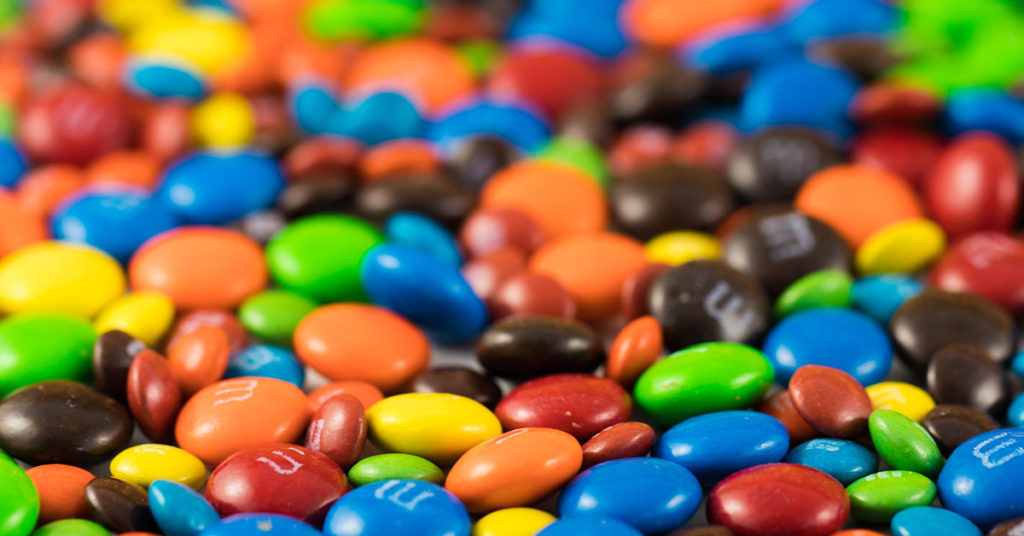
The next time you’re in the EU, have a look at the ingredients list on a package of M&Ms. You’ll see things like red cabbage, lemon, and radish. This is because the food dyes used in American M&Ms are banned for use in these countries. Again, these countries are concerned about the risk of hyperactivity in children among other health risks. (15)
17. Maraschino Cherries
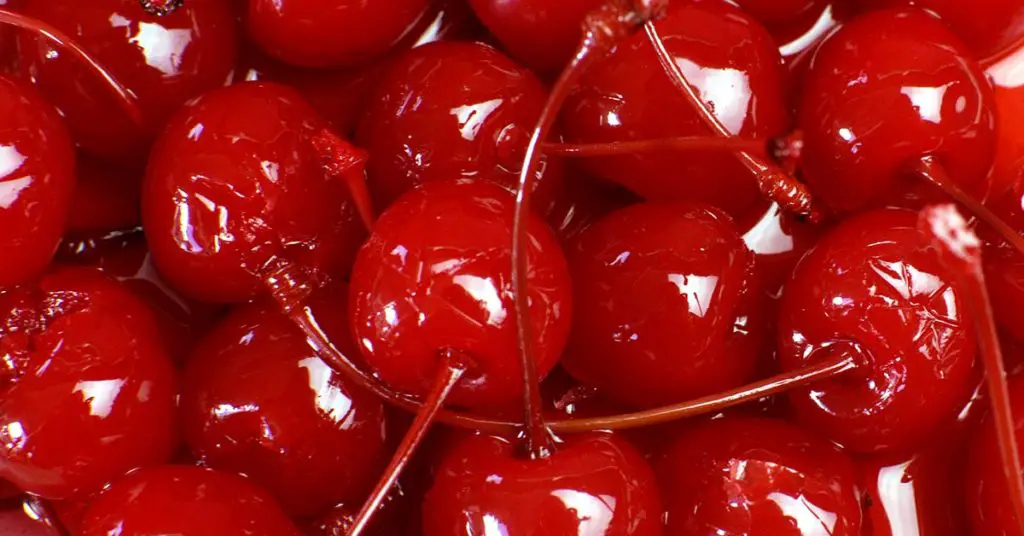
Maraschino cherries in the United States are given their bright red color via Red Dye 40. This is also used in grenadine and many cherry pie mixes. This dye is banned in France, Belgium, Switzerland, and Denmark over health and safety concerns. These concerns are similar to those already mentioned in this article about food dyes. (16)
18. Apples
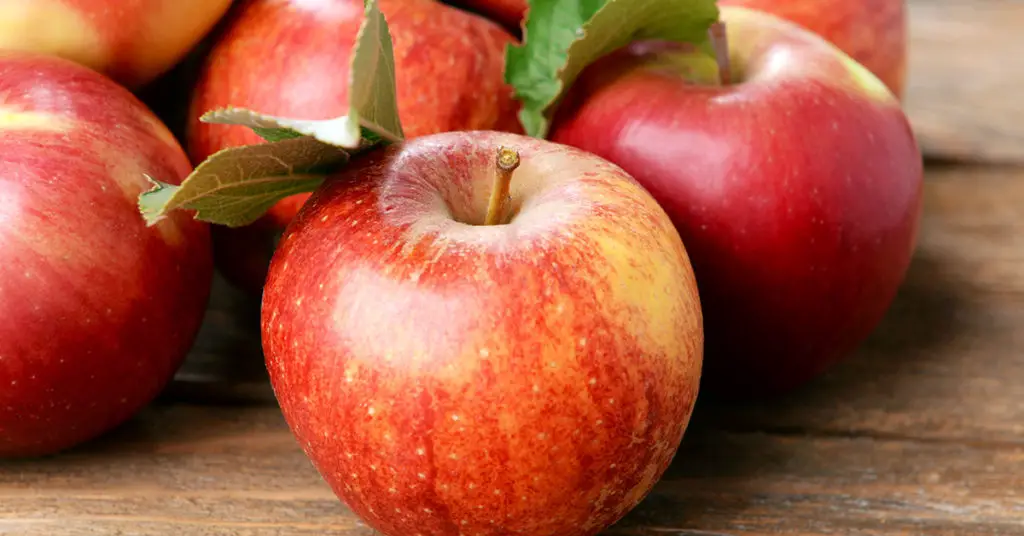
They say one apple a day keeps the doctor away, but perhaps in the case of American apples, it’s the opposite. This is because non-organic apples in the United States are coated in a chemical-filled wax to give them that super shiny appearance. These chemicals have been linked to certain cancers and are therefore banned in the EU. (17)
19. Chocolate Milk
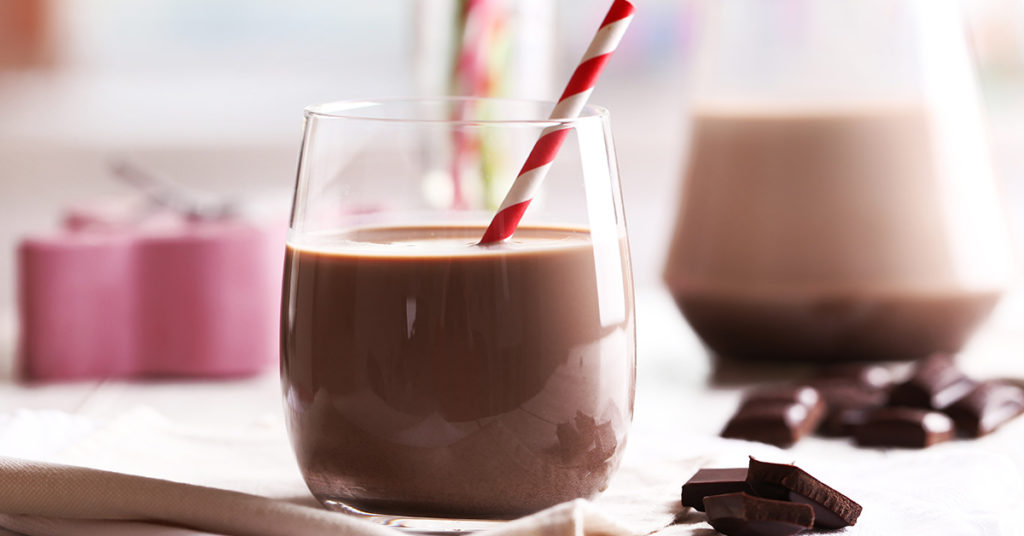
Not all chocolate milks are made equal. Many American brands contain a chemical called carrageenan. This is an emulsifying agent used to stabilize and thicken many processed foods. Research has linked it to heart disease causing inflammation, Parkinson’s, and Alzheimer’s diseases. It is banned for use in baby formula but can be found in ice creams, salad dressings, soy milk, and some meat products. The EU has banned it. (18)
20. Ketchup
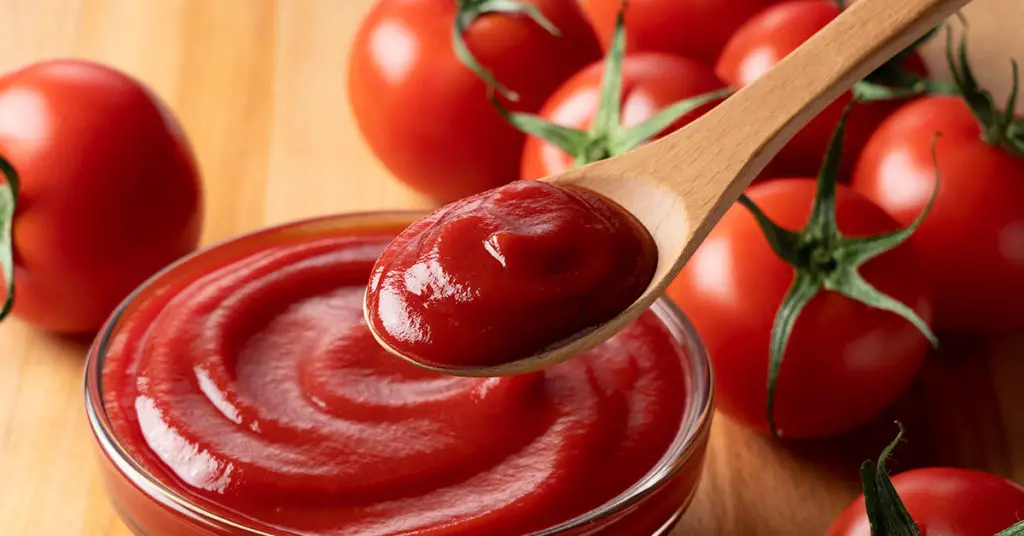
Ketchup is America’s favorite condiment, but let’s be honest – we all know that it is not good for us. The sugar content alone will make your head spin. In 2011, France banned ketchup in all school and university cafeterias. They cited two reasons: Health and the protection of their own cuisine. (19)
21. Potato Chips
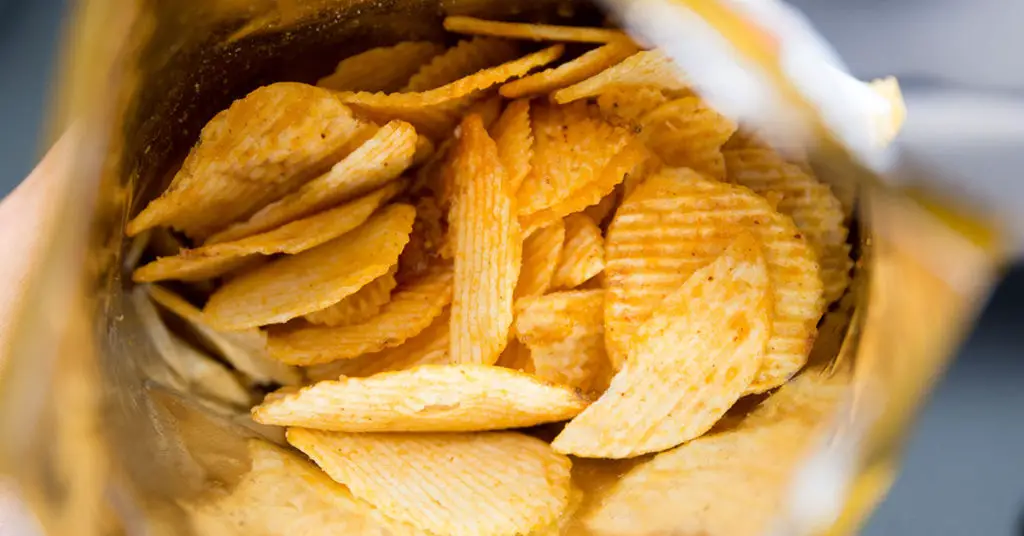
BHT strikes again. The chemical added to your chips to keep them fresh and crisp is banned in the UK, Japan, and many European countries. No American chips to be found there.
22. American Cheese
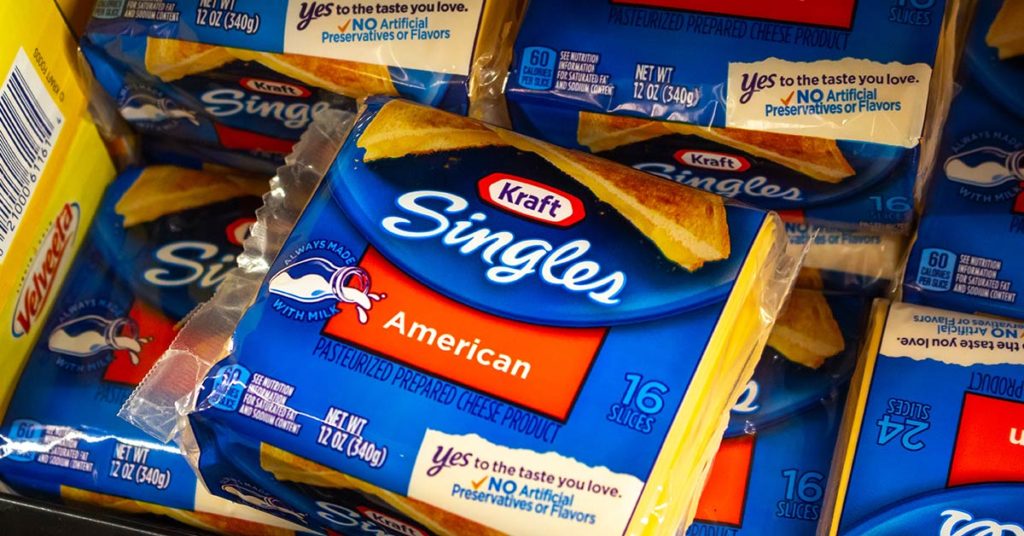
Many US dairy products, including cheese, contain the hormone Recombinant bovine growth hormone (rBGH). This hormone is a synthetic version of the natural one used to increase milk production. In cows, it can cause inflamed udders and infertility. Not only is it inhumane, but in humans, it can cause various types of cancer. It is banned in 30 countries. (20)
23. Coffee Mate
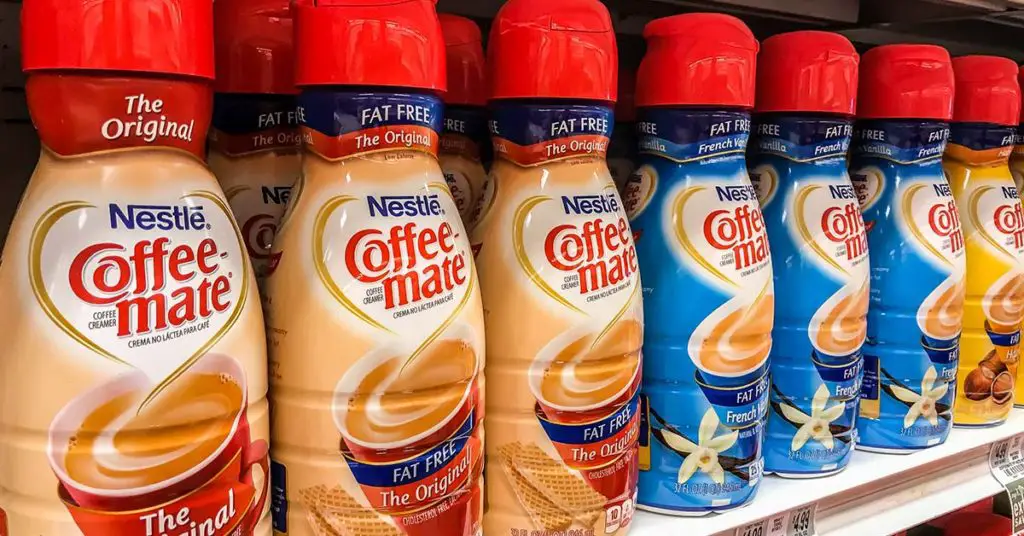
Many of us can’t start our day without coffee – and plenty enjoy putting a little (or a lot) of Coffee Mate coffee creamer in our cuppa’. Unfortunately, this product contains trans fats from cottonseed oils and hydrogenated soybean that can lead to heart disease. Denmark, Norway, Iceland, Hungary, Austria, and Switzerland have all banned it. (21)
24. High Fructose Corn Syrup
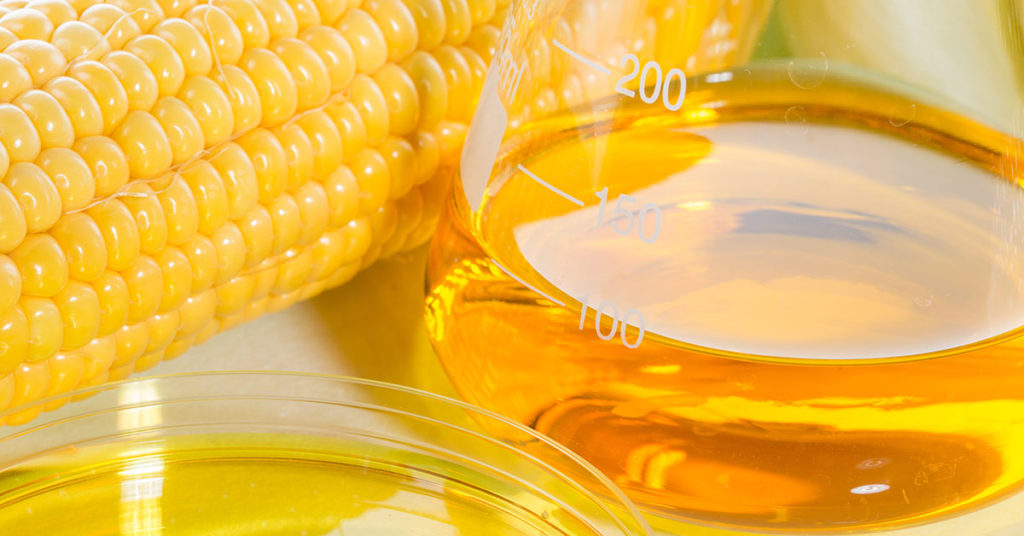
HGCS is not full-on banned in the EU and the UK, but it is restricted. This is due to its connection with obesity and Type 2 Diabetes. Though still common in America, especially in fizzy-sweet soda drinks, it’s best to avoid it. (22)
25. Palm Oil
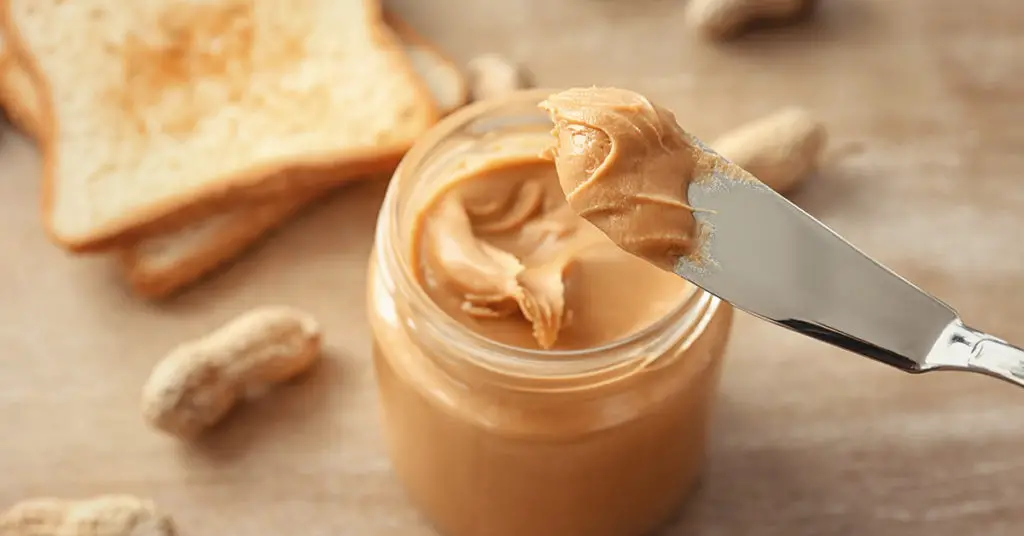
Most commercial peanut butter is filled with sugar, salt… and palm oil. Not only is it bad for human health, but its cultivation is one of the top causes of deforestation in the Amazon. Many European countries have banned it for this reason. (24)
26. Artificial Sweeteners
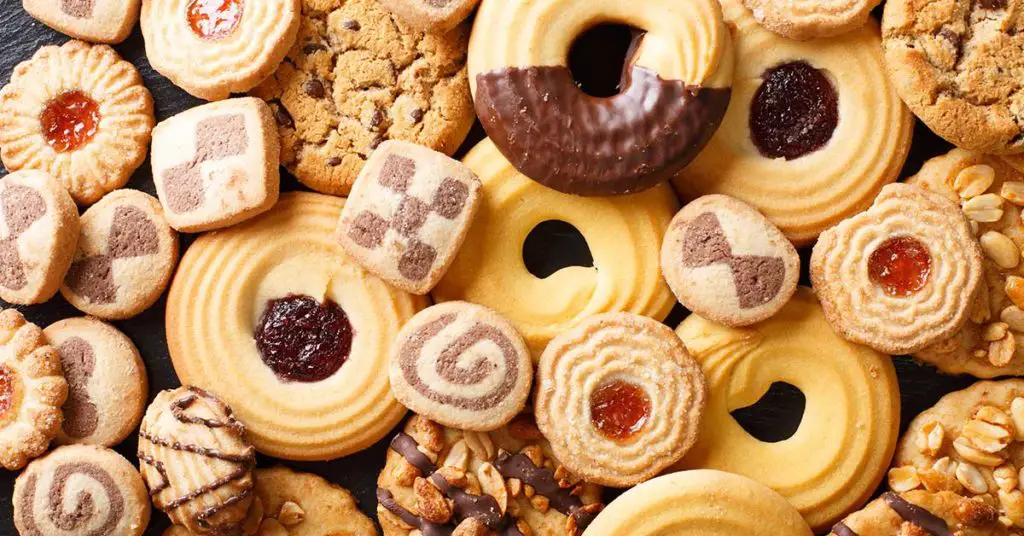
Many sweets made for people with diabetes or simply for people who want baked goods without sugar are too good to be true. They contain artificial sweeteners that the EU officially banned in 2017-2018. There are several different side effects of these chemical products, which comes as no surprise. They are artificial, after all. (25)
27. Stevia
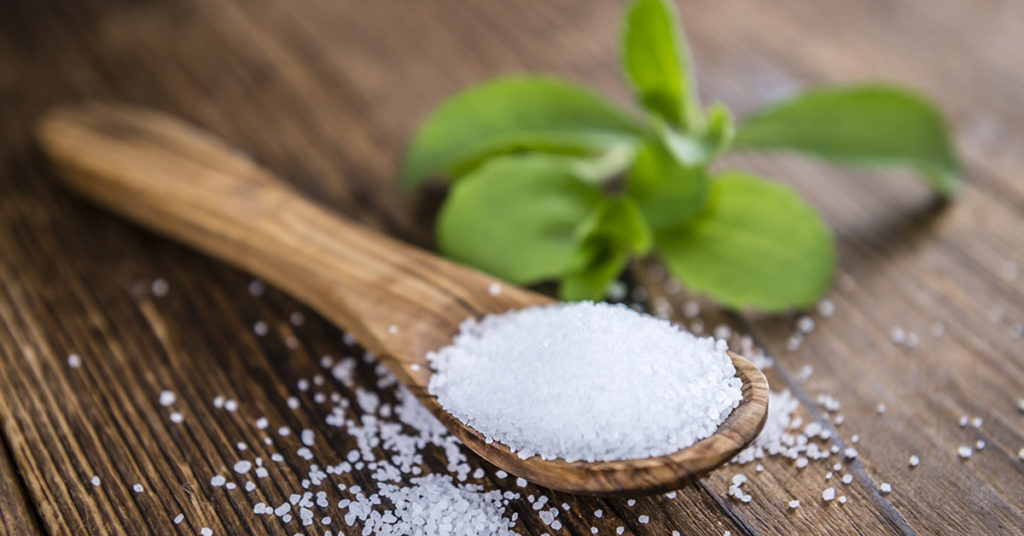
Though highly popular in North America and parts of Asia, the EU and UK still have a firm ban on the low-calorie sweetener stevia. Their concern is over the lack of evidence that it is safe to consume. There is some evidence to suggest that it could contribute to male infertility and some cancers. (26)
28. Trans Fats
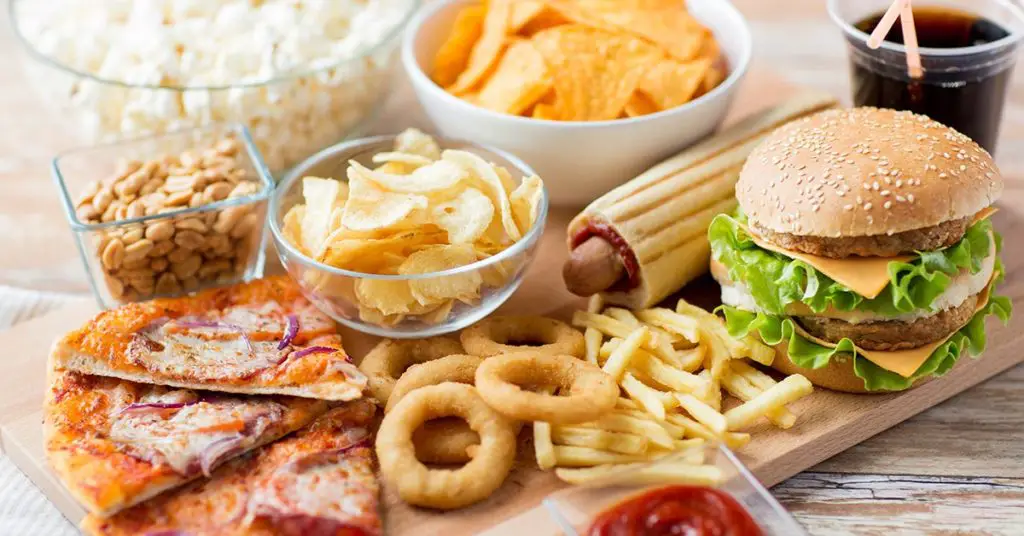
Scientists have known for a while that trans fats can increase your risk of heart disease. They do this by lowering your good cholesterol while simultaneously raising your bad cholesterol. Much of the EU, Canada, and Brazil have banned or at least put very strict regulations on the substance. (27)
Sources
- “Watch for This Harmful Chemical in Your Soda.” EWG
- “What is rBST and is it in my milk?” Alberta Milk
- “Taste the rainbow forever: yellow mac & cheese is dead, but the nostalgia lives on.” The Guardian. Adam Gabbatt. 2015.
- “USDA rules that ‘pink slime’ can officially be called ground beef.” Daily Mail. February 15, 2019.
- “Where are GMO’s banned?” GMO Watch. Emily Journey
- “Chlorinated chicken explained: why do the Americans treat their poultry with chlorine?” The Grocer. Julia Glotz. June 12,2020
- “WHY ARE U.S. FACTORY FARMS FEEDING ANIMALS A DRUG BANNED IN MOST COUNTRIES?” Milion Dollar Vegan. Delcianna Winders. March 10, 2020.
- “Banned bread: why does the US allow additives that Europe says are unsafe?” The Guardian. Troy Farah. March 28, 2019.
- Business Insider
- “EPA Weakens Safeguards for Weed Killer Atrazine, Linked to Birth Defects.” Civil Eats. Gosia Wozniacka. November 20, 2019.
- FSSAI
- “10 American Foods That Are Banned in Other Countries.” Organic Consumer. Dr. Mercola.
- “Revealed: Shocking list of popular foods and drinks readily available in U.S. grocery stores that are BANNED in other countries because their chemicals are deemed ‘dangerous’.” Daily Mail. June 21, 2013
- “CSPI Urges FDA to Ban Artificial Food Dyes Linked to Behavior Problems.” CSPINET. June 2008
- “Why M&M’s Are Made With Natural Coloring In The EU And Not The U.S..” WBUR. March 28, 2014
- “Were Maraschino Cherries Classified as Decorations, Not Food — Contain Toxic, Banned Dye?” Snopes. David Mikkelson. February 13, 2015
- EWG
- “Food Additives and Other US Ingredients Banned in Other Countries.” The Daily Meal. Bianca Sanchez. July 1, 2020.
- “France bans ketchup in cafeterias.” LA Times. Kim Willsher. October 6, 2011.
- “9 American Foods That Have Been Banned In Other Countries.” Delish. Sienna Livermore. September 21, 2016.
- “Popular American Foods That Are Banned in Other Countries.” Obsev. camilla Villafane.
- “MYTHBUSTING HIGH FRUCTOSE CORN SYRUP (HFCS).” Stegriff. January 27, 2020.
- “Countries banning palm and soy oil on the rise: Germany, Italy, and Denmark join.” 15 Min.
- APPS
- “Why is this sweetener banned?” Standard. Pat Hagan. September 16, 2002.
- WHO
